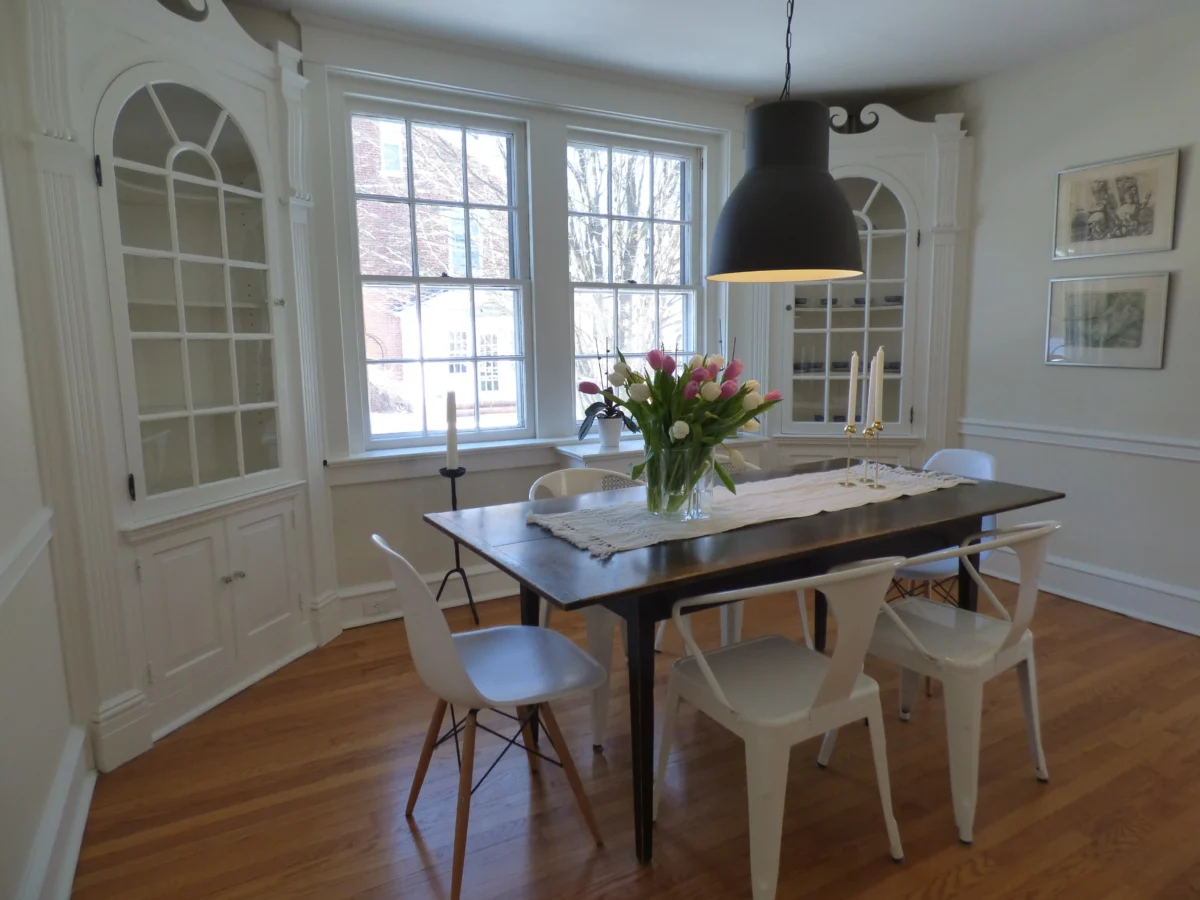Ever dreamt of transforming a historic Brooklyn brownstone into your perfect urban oasis? Renovating these charming, century-old homes offers a unique blend of preserving history while adding your personal touch. Whether you’re drawn to original woodwork, high ceilings, or intricate moldings, a brownstone renovation lets you breathe new life into classic architecture.
But where do you start? From navigating permits to choosing the right materials, the process can feel overwhelming. Don’t worry—you’re not alone. With a bit of planning and some expert tips, you’ll be well on your way to creating a space that’s both timeless and uniquely yours. Let’s dive into what you need to know to make your Brooklyn brownstone renovation a success.
Understanding Brooklyn Brownstone Renovation
Brooklyn brownstone renovation combines charm, history, and unique challenges. Knowing these elements helps ensure a smooth renovation.

History of Brooklyn Brownstones
Brooklyn brownstones date back to the 19th century. These townhouses feature a distinct brown sandstone facade. They often showcase Italianate or Greek Revival architecture. Owning a brownstone means preserving a piece of history.
Unique Challenges in Renovating Brownstones
Renovating a brownstone involves specific challenges. Building codes in Brooklyn are strict due to historic preservation laws. You must obtain permits and follow regulations closely. Old materials, like wood beams and masonry, require careful handling. Modernizing while maintaining the historical aspects is crucial. Addressing structural issues, such as settling foundations, adds complexity.
Understanding these factors aids in navigating the renovation process effectively.
Planning Your Brooklyn Brownstone Renovation
Renovating a Brooklyn brownstone requires detailed planning. You’ll need to consider structural needs and design aspects carefully.
Assessing Structural Needs
Inspect foundations, walls, and beams for structural integrity. Hire a structural engineer to evaluate load-bearing elements. Address settling issues immediately to avoid further complications. Prioritize fixing outdated plumbing and electrical systems. Ensure that all changes comply with Brooklyn’s building codes and historic preservation laws.
Design Considerations for Modern Living
Balance historical features with modern amenities. Maintain original woodwork, fireplaces, and moldings where possible. Incorporate open floor plans, natural light, and energy-efficient systems. Use smart home technology discreetly to preserve the historical aesthetic. Select period-appropriate materials and finishes for a cohesive look.
Planning ensures your renovation respects the brownstone’s history while providing modern comforts.
Key Steps in the Renovation Process
As a home builder and designer renovating your Brooklyn brownstone, specific steps ensure a smooth process.
Securing Permits and Approvals
Determine which permits you need based on your renovation scope. Consult local building codes and historic preservation laws. Submit applications to relevant Brooklyn authorities. Follow up regularly to prevent delays.
Choosing the Right Contractors
Select contractors with experience in historic brownstone renovations. Verify their credentials and previous work. Discuss timelines, budgets, and expectations upfront. Ensure they understand both modern upgrades and historical preservation needs.
Managing Renovation Timelines
Create a detailed schedule outlining each phase of the renovation. Include buffer time for unforeseen issues. Communicate regularly with your contractors to monitor progress. Adjust plans if necessary to stay on track.
Cost Factors in Brownstone Renovation
« Inside the Mind of Brigette Romanek: An Exclusive Interview with the Celebrity Designer
Discover the Raw Beauty of Bruta Interiors: Transform Your Home with Minimalist Elegance »
Brooklyn brownstone renovations can be expensive. Understanding cost factors helps in planning and budgeting effectively.
Budgeting for Your Project
Set clear financial goals before starting. Ensure funds cover unexpected expenses. Factors include:
- Permits and Approvals: Include costs for permits from local authorities.
- Structural Repairs: Plan for foundation and roof repairs.
- Utilities Upgrade: Budget for electrical, plumbing, and HVAC systems.
Limitations impact budget accuracy, so overestimate slightly for safety.
Strategies for Cost-Saving
Efficient planning and smart choices can reduce expenses. Options include:
- Reuse and Recycle: Salvage and reuse materials where possible.
- DIY Tasks: Handle simple tasks yourself to cut labor costs.
- Bulk Purchasing: Buy materials in bulk for discounts.
Careful selection and reusing materials maintain quality while minimizing costs.
Investing time in planning safeguards against overspending.
Conclusion
Renovating a Brooklyn brownstone can be both an exciting and challenging journey. With careful planning and attention to detail, you can transform your historic home into a perfect blend of old-world charm and modern comfort. Remember to prioritize structural integrity and system updates while preserving the unique character of your brownstone.
By effectively managing your budget and exploring cost-saving strategies, you can achieve your renovation goals without breaking the bank. With the right approach and a bit of creativity, your dream brownstone renovation is well within reach. Enjoy the process and the stunning results that follow!











